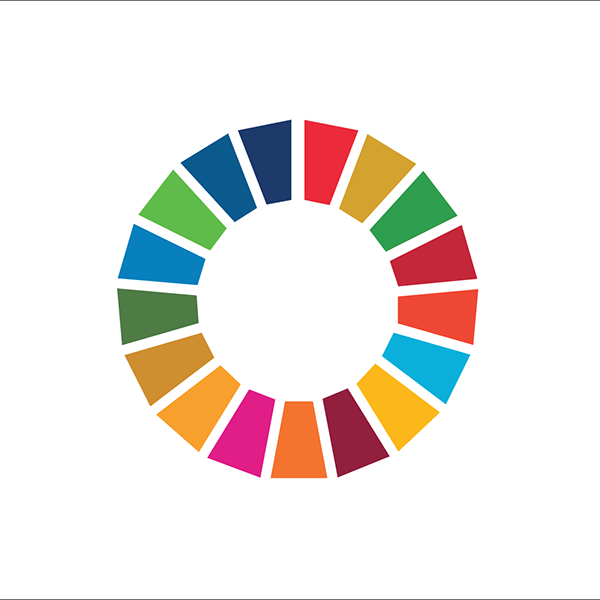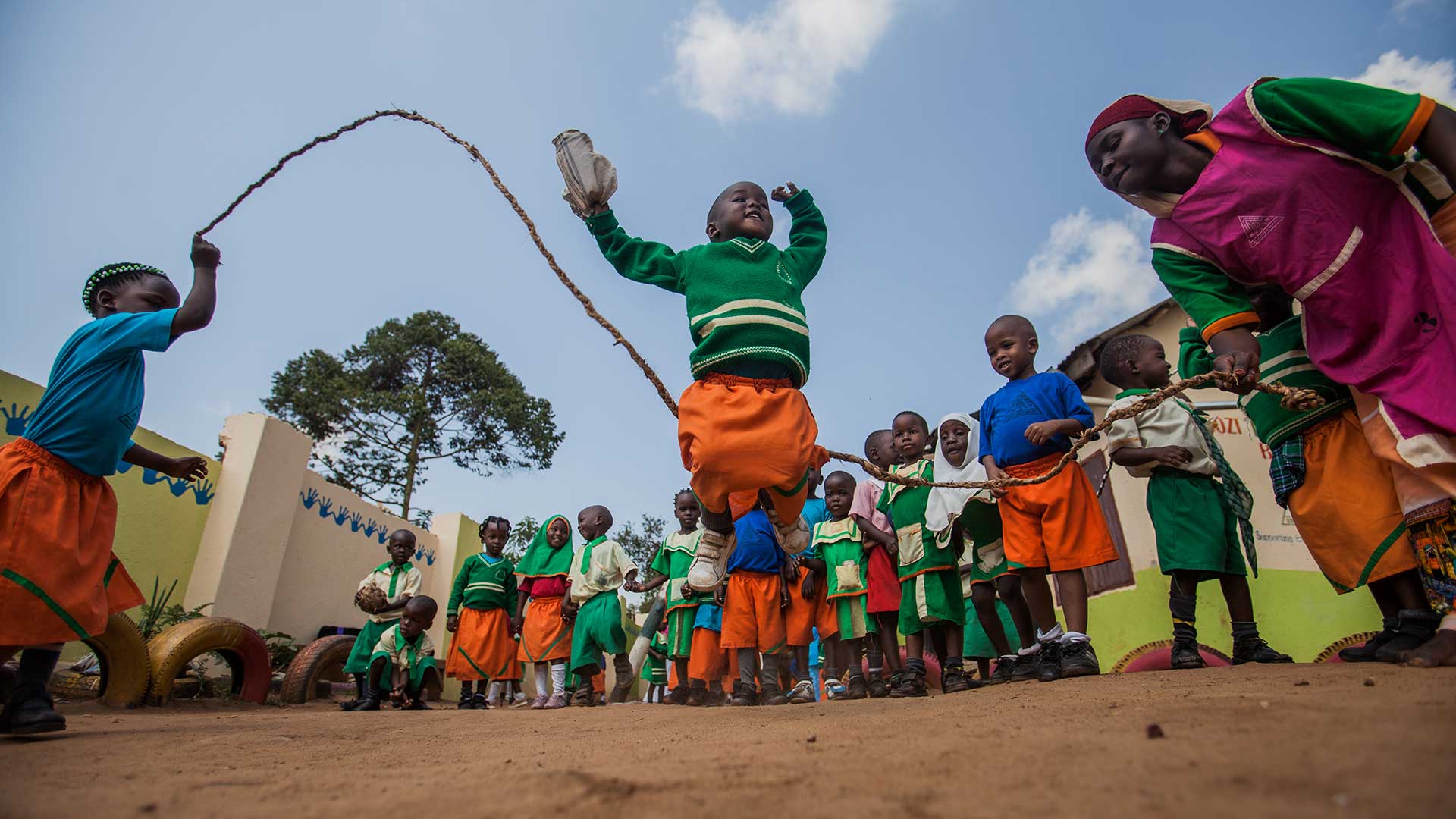An analysis of nationally representative survey data on the prevalence of violence against children in 96 countries estimates that 1 billion children globally – over half of all children aged 2–17 years – have experienced emotional, physical or sexual violence in the past year. Despite its high prevalence, violence against children is often hidden, unseen or under-reported. Its hidden nature is well documented – for example, a meta-analysis of global data finds self-reported child sexual abuse 30 times higher and physical abuse 75 times higher than official reports would suggest.
The immediate and long-term public health consequences and economic costs of violence against children undermine investments in education, health, and child well-being, and erode the productive capacity of future generations. Exposure to violence at an early age can impair brain development and damage other parts of the nervous system, as well as the endocrine, circulatory, musculoskeletal, reproductive, respiratory and immune systems, with lifelong consequences. Strong evidence shows that violence in childhood increases the risks of injury; HIV and other sexually transmitted infections; mental health problems; delayed cognitive development; poor school performance and dropout; early pregnancy; reproductive health problems; and communicable and noncommunicable disease. INSPIRE is an evidence-based resource for everyone committed to preventing and responding to violence against children and adolescents – from government to grassroots, and from civil society to the private sector. This MOOC represents a select group of strategies based on the best available evidence to help countries and communities intensify their focus on the prevention programmes and services with the greatest potential to reduce violence against children.8 modules, accessible at any time
2-4 hours per week
FREE
English
English
None
An internet connection to access course materials
INSPIRE STRATEGIES

ADDRESSING "HOT SPOTS"

TO PREVENT VIOLENCE

AT COLUMBIA UNIVERSITY

Lead Faculty
-
Faculty Image
Nicolas Makharashvili
Columbia University
-
Faculty Image
Dr. Cassie Landers
Columbia University
-
Faculty Image
Mark Canavera
Columbia University
-
Faculty Image
Gunnar Colleen
This course is for
Practitioners in the field
Policymakers looking to implement laws that serve a child’s right to be protected from violence, laws banning violent punishment of children, laws criminalizing sexual abuse and exploitation of children, laws that prevent alcohol misuse, and laws limiting youth access to firearms and other weapons
Funders looking to invest in strategies that implement school enrollment and school-based programs in preventing violence against children
Anyone who cares deeply about ending violence against children
Questions?
-
Lead Faculty Nicolas Makharashvili
onm2003@columbia.edu
Course logistics and requirements
This course is self-paced. Please note that this course is not owned or facilitated by the SDG Academy. Any questions can be sent to the CPC Learning Network at Columbia University team at onm2003@columbia.edu.Certificates
Learners who successfully complete the course will be eligible to purchase a Verified Certificate signed by the course instructors.syllabus
Module 1: Introduction to INSPIRE; 7 Strategies for Ending Violence Against Children
Chapter 1: How the INSPIRE Technical Package Can Help
Chapter 2: Magnitude of Violence Against Children
Chapter 3: Defining Violence Against Children
Chapter 4: Consequences and Costs of Violence Against Children
Chapter 5: Root Causes of Violence Against Children
Chapter 6: Understanding the Evidence in INSPIRE
Chapter 7: How to Implement INSPIRE Strategies
Module 2: Implementation and Enforcement of Laws
Chapter 1: How Do Laws Serve a Child’s Right to be Protected From Violence?
Chapter 2:Laws Banning Violent Punishment of Children
Chapter 3: Laws Criminalizing Sexual Abuse and Exploitation of Children
Chapter 4: Laws That Prevent Alcohol Misuse
Chapter 5: Laws Limiting Youth Access to Firearms and Other Weapons
Module 3: Norms and Values
Chapter 1: What Are Norms, Values, Gender Norms, and How Do They Influence Violence?
Chapter 2: Small Group Programmes
Chapter 3: Community Mobilization Programmes
Chapter 4: Bystander Interventions
Module 4: Safe Environments
Chapter 1: What is the Role of Safe Public Spaces in Promoting Children’s Well-being?
Chapter 2: Protecting Children in Online Environments
Chapter 3: Reducing Violence by Addressing “Hot Spots”
Chapter 4: Interrupting the Spread of Violence
Chapter 5: Improving the Built Environment
Module 5: Parent and Caregiver Support
Chapter 1: Importance of Positive and Nurturing Families in Preventing Violence Against Children
Chapter 2: Parenting Groups in Community Settings
Chapter 3: Home Visiting Programmes
Chapter 4: Comprehensive Programmes
Module 6: Income and Economic Strengthening
Chapter 1: How Does Family Economic Stability and Empowerment Reduce the Risk Factors for Violence Against Children?
Chapter 2: Cash Transfers
Chapter 3: Group Savings and Loans Associations Combined with Gender-norms/Equity training
Chapter 4: Microfinance combined with gender-norms/equity training
Module 7: Response and Support Services
Chapter 1: What Are “Child Friendly” and “Gender Sensitive” Services?
Chapter 2: Goal 1: Have a System for Helping Children
Chapter 3: Goal 2: Find Out Who Needs Help
Chapter 4: Goal 3: Help Children, Immediately and in the Longer Term
Chapter 5: Goal 4: Protect Children in Conflict with the Law
Module 8: Education and Life Skills
Chapter 1: What is the Role of School Enrollment and School-Based Programs in Preventing Violence Against Children?
Chapter 2: Increase Participation in School
Chapter 3: Safe and Enabling School Environments
Chapter 4: Life and Social Skills Training
Additional Resources on the Adaptation and Scale-up of INSPIRE Strategies
This MOOC was developed by the Care and Protection of Children (CPC) Learning Network at Columbia University Mailman School of Public Health in partnership with the World Health Organization (WHO), End Violence Against Children: The Global Partnership; Together for Girls, the United Nations Children’s Fund (UNICEF), United Nations Office on Drugs and Crime (UNODC), the World Bank, and multiple national and international civil society organizations (agencies with a long history of galvanizing a consistent, evidence-based approach to preventing violence against children). Additional contributions were provided by the U.S. Centers for Disease Control and Prevention (CDC) and the U.S. Agency for International Development (USAID).






